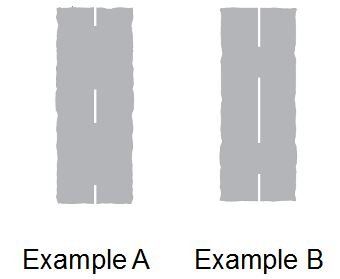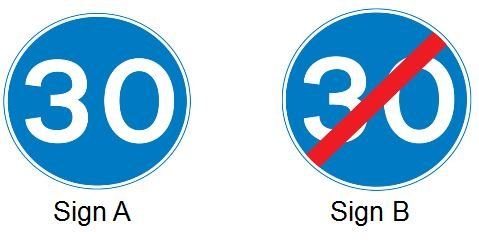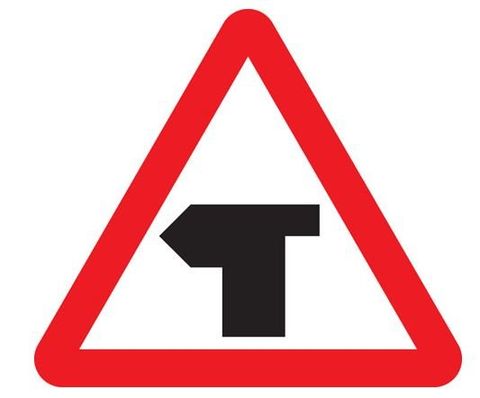Example A: Double white lines where the line nearest to you is broken. This means you may cross the lines to overtake if it is safe, provided you can complete the manoeuvre before reaching a solid white line on your side. White direction arrows on the road indicate that you need to get back onto your side of the road.
Example B: Double white lines where the line nearest you is solid. This means you MUST NOT cross or straddle it unless it is safe and you need to enter adjoining premises or a side road. You may cross the line if necessary, provided the road is clear, to pass a stationary vehicle, or overtake a pedal cycle, horse or road maintenance vehicle, if they are travelling at 10 mph or less.








